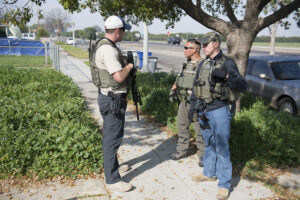Assaults may be classified as a misdemeanor, gross misdemeanor or felony depending on the circumstance of the crime and whether or not a weapon was used. Assault and Battery with a deadly weapon can involve almost any type of weapon ranging from a gun to a vehicle. If serious injuries result from the assault, the accused may also face a civil lawsuit where the accused could possibly pay out a large sum of money to the victim.
The accused often fails to realize that domestic violence is considered an assault crime and can often carry similar jail time and fines. If you’re faced with a criminal charge it’s best to first speak with a lawyer before speaking to investigators or the police.
Offense Levels for Minnesota Assault
Minnesota classifies assaults into 6 categories that can range from a misdemeanor up to and including a felony level offense.
– First Degree – When great bodily injury is inflicted upon a correctional employee, a peace officer, or while the officer or employee is on duty at the time of the assault. This is a felony.
– Second Degree – When the assault is committed with a weapon in hand and serious bodily harm is inflicted as a result. This is a felony.
– Third Degree – When substantial bodily harm is inflicted or a child has been assaulted and a pattern of abusive behavior toward that child is known.
– Fourth Degree – When the assault is committed against an emergency room doctor or nurse, firefighter, correctional employee, security officer, natural resources employee, or whose behavior is driven by bias. This is a gross misdemeanor.
– Fifth Degree – When a person commits an assaultive act in order to cause fear of bodily harm in another person or threatens them with death. This also includes intentionally inflicting bodily harm upon another. This is a misdemeanor.
– Domestic Assault – When the assault is committed against a family or household member by a family or household member. This can vary from misdemeanor to felony depeding upon criminal history and prior offenses.






Be First to Comment